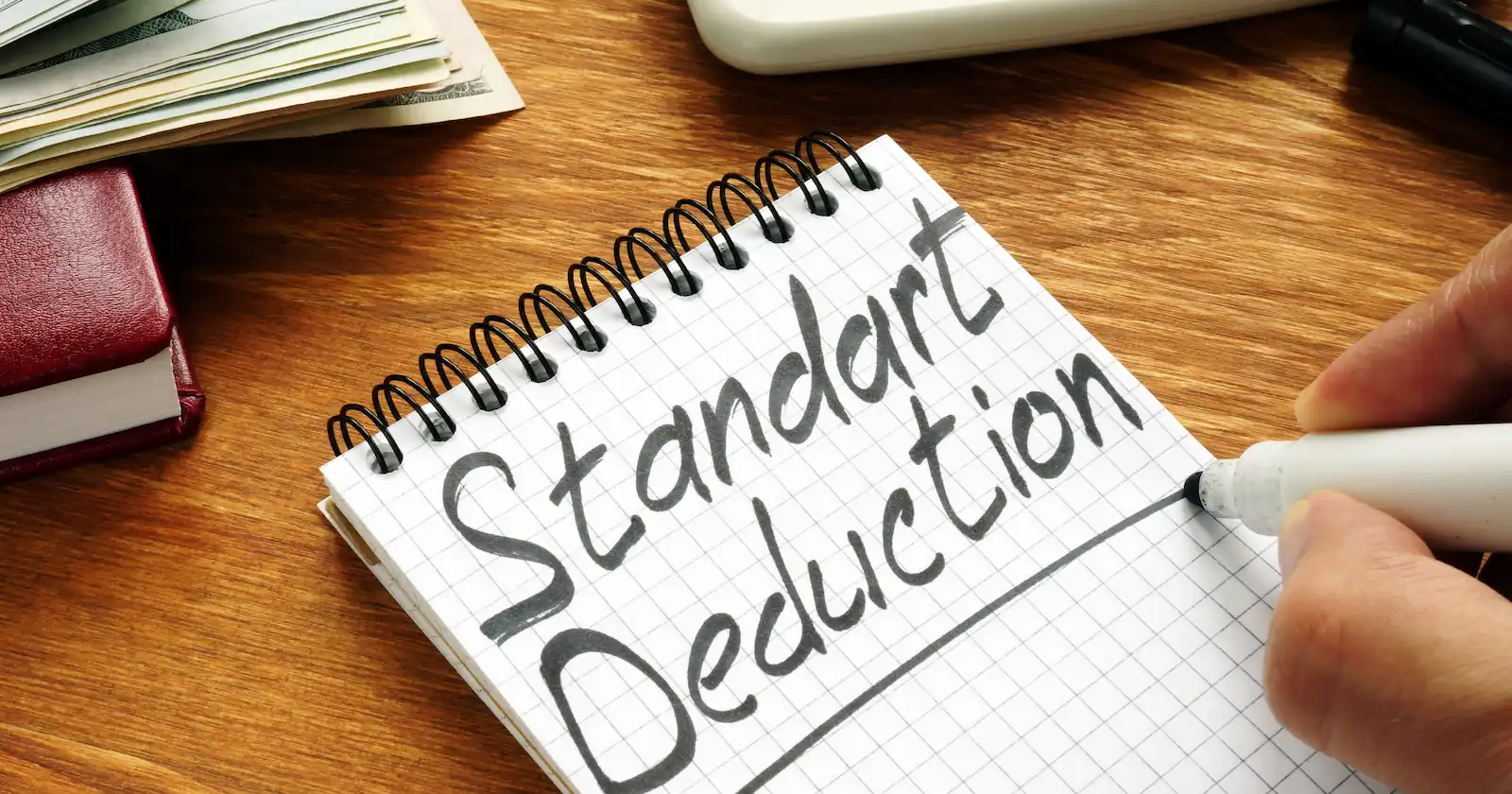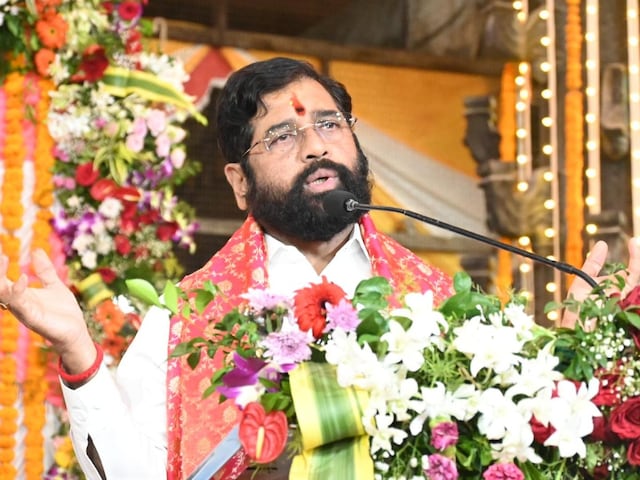
India will set up a new development finance institution called the National Bank for Financing Infrastructure and Development, Finance Minister Nirmala Sitharaman said as part of the Union Budget presentation on Monday.
The institution will be set up on a capital base of Rs 20,000 crore and will have a lending target of Rs 5 lakh crore in three years, the finance minister said. Debt financing through the infrastructure investment trust (InvIT) and real estate investment trust (REIT) routes will be enabled through necessary amendments in the rules.
A bill for the creation of the DFI has already been listed for the ongoing parliament session. It describes the institution “as a provider, enabler and catalyst for infrastructure financing and as the principal financial institution and development bank for building and sustaining a supportive ecosystem across the life-cycle of infrastructure projects”.
What Is A Development Finance Institution?
A development finance institution is an agency that finances infrastructure projects that are of national importance but may or may not conform to commercial return standards. In most cases, these agencies are government owned and their borrowings enjoy the comfort of government guarantees, which help bring down the cost of funding.
In a recent conversation, Vinayak Chatterjee, chairman of Feedback Infrastructure, said the economy needs infrastructure investments more than ever to help it overcome scars left behind by the Covid-19 pandemic. Since few commercial lenders are willing to take on infrastructure risk, particularly after the experience of the last lending cycle, a development finance institution has become necessary, Chatterjee said.
A 100% sovereign owned DFI, under an act of Parliament, will have no limits [on leverage]. In China, the China Development Bank had, once in its history, leveraged 75 times. So therefore the new DFI has the power to make up the gap which is emanating because of the inability of states and private sector to fund infrastructure.
Return To The Past
In setting up a DFI, India will return to an earlier experiment with the idea. ICICI, it in original form, and IDBI were both set up as DFIs but were later converted into universal banks as it was perceived that they needed access to public deposits.
The earlier generation of DFIs ran into the problem of financing because retail deposit access was cornered by banks and availability of long-term financing without government guarantees was limited, KV Kamath, who oversaw the transition of ICICI from a DFI into a universal bank, told BloombergQuint in a recent interview.
Kamath said this has changed to some extent and may permit DFIs to succeed. “Today we have a robust capital market so there is access to funds. We have global access, as India is a strong investment proposition. So, we have access there. This development bank could also borrow from multilateral development banks and the government could also give a cover,” Kamath said.
FCA, CWM (AAFM-US), CBV, CIFRS, R-ID, B.COM (H), RV* (IBBI)
Practising Chartered Accountant Since 2011. He can be contacted at ankitgulgulia@gmail.com or +91-9811653975.





















